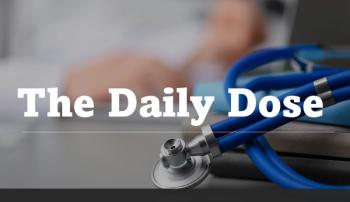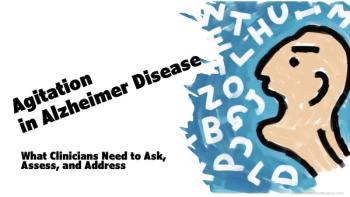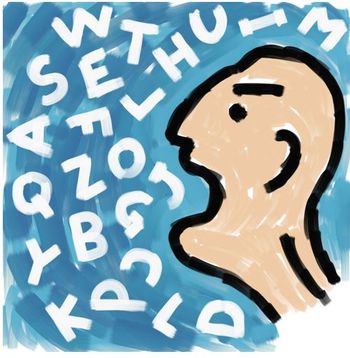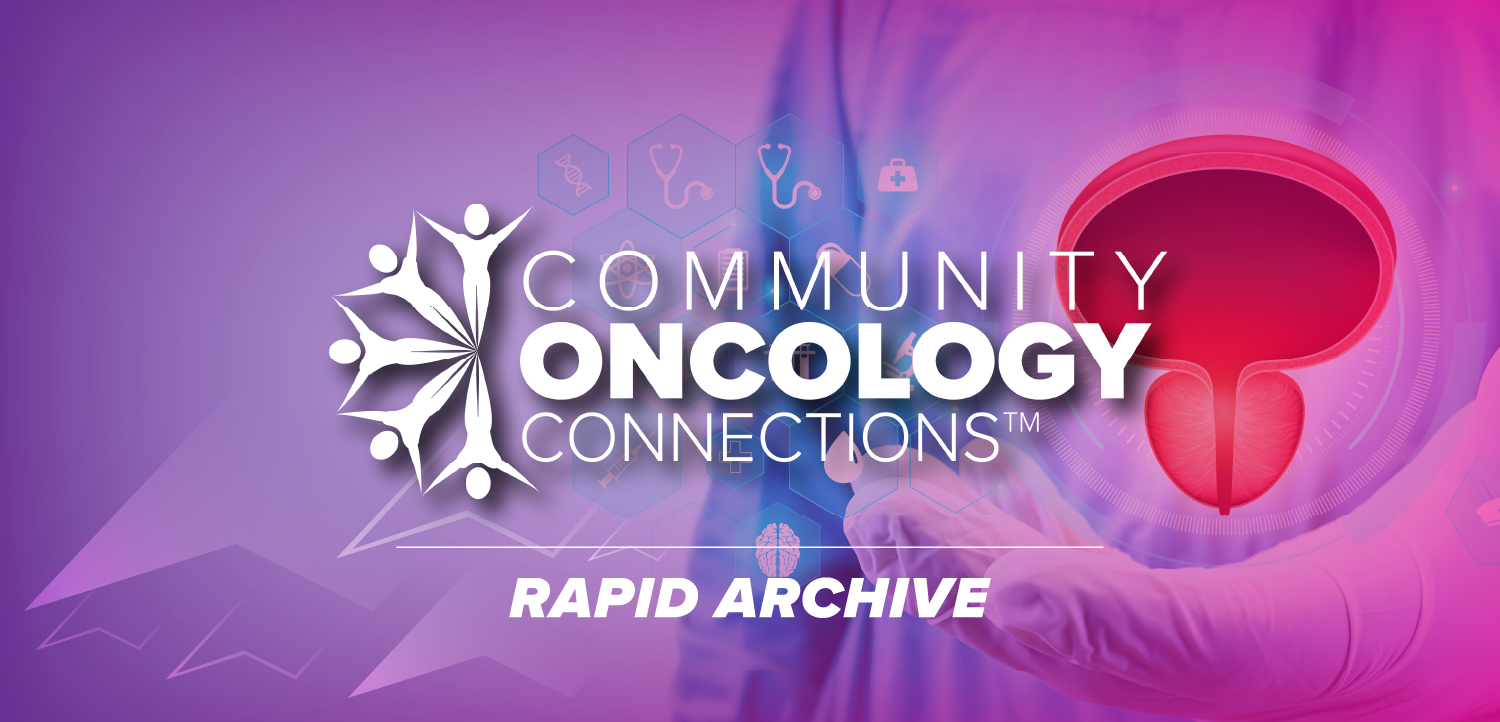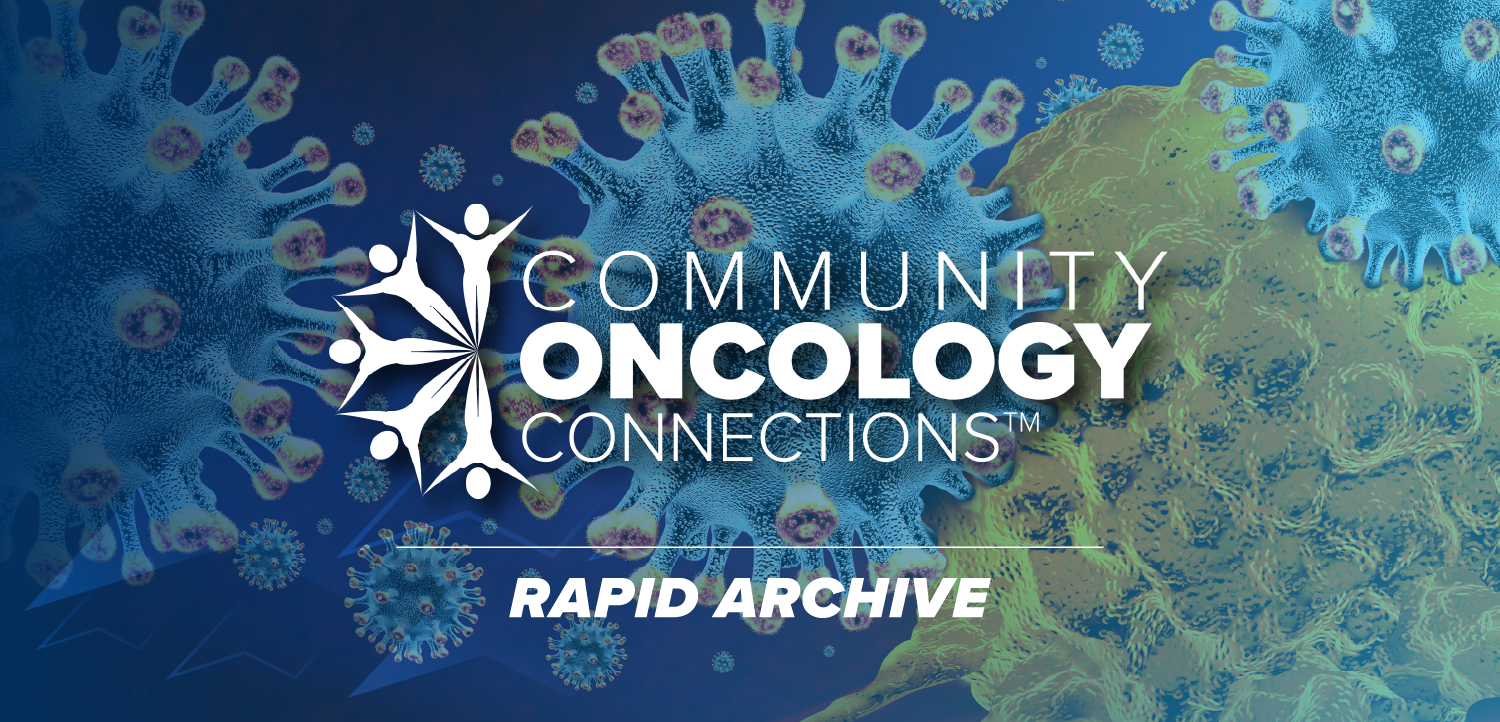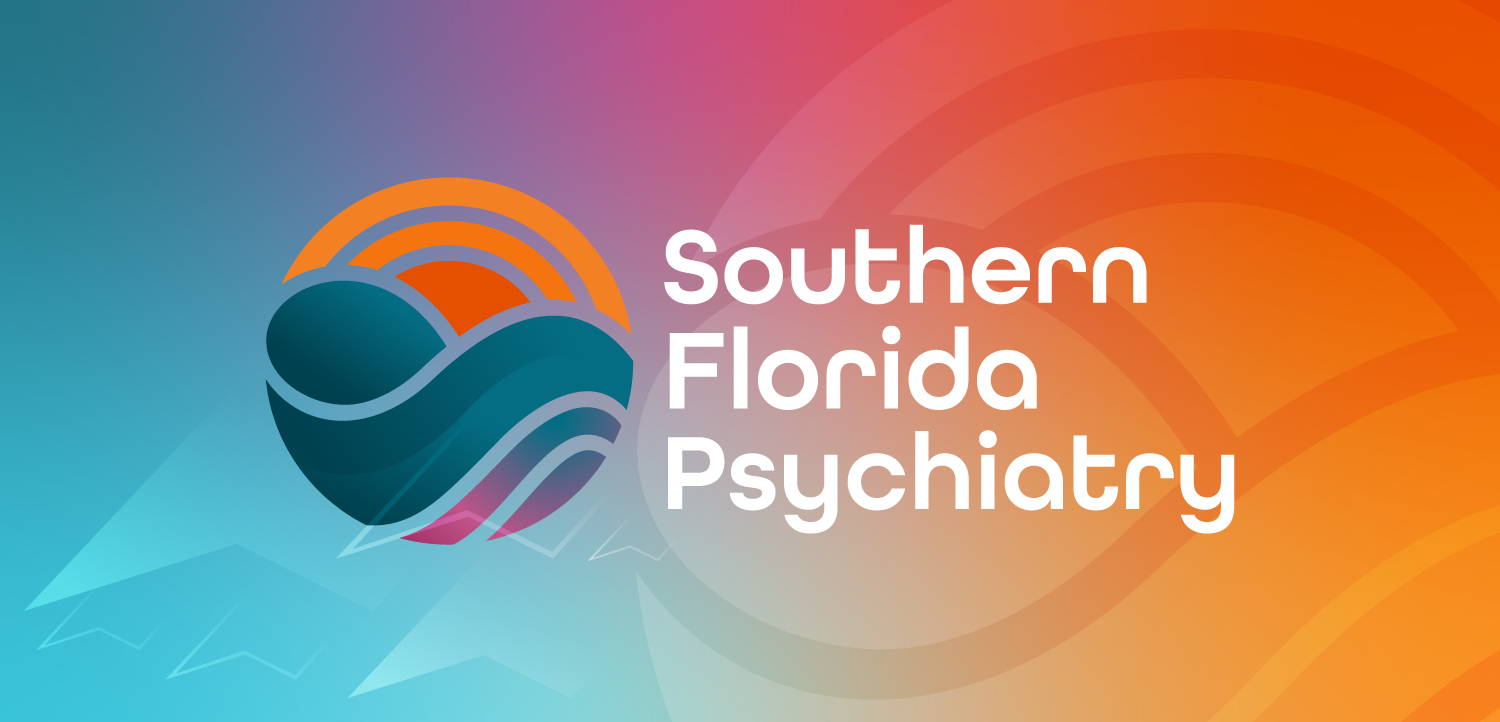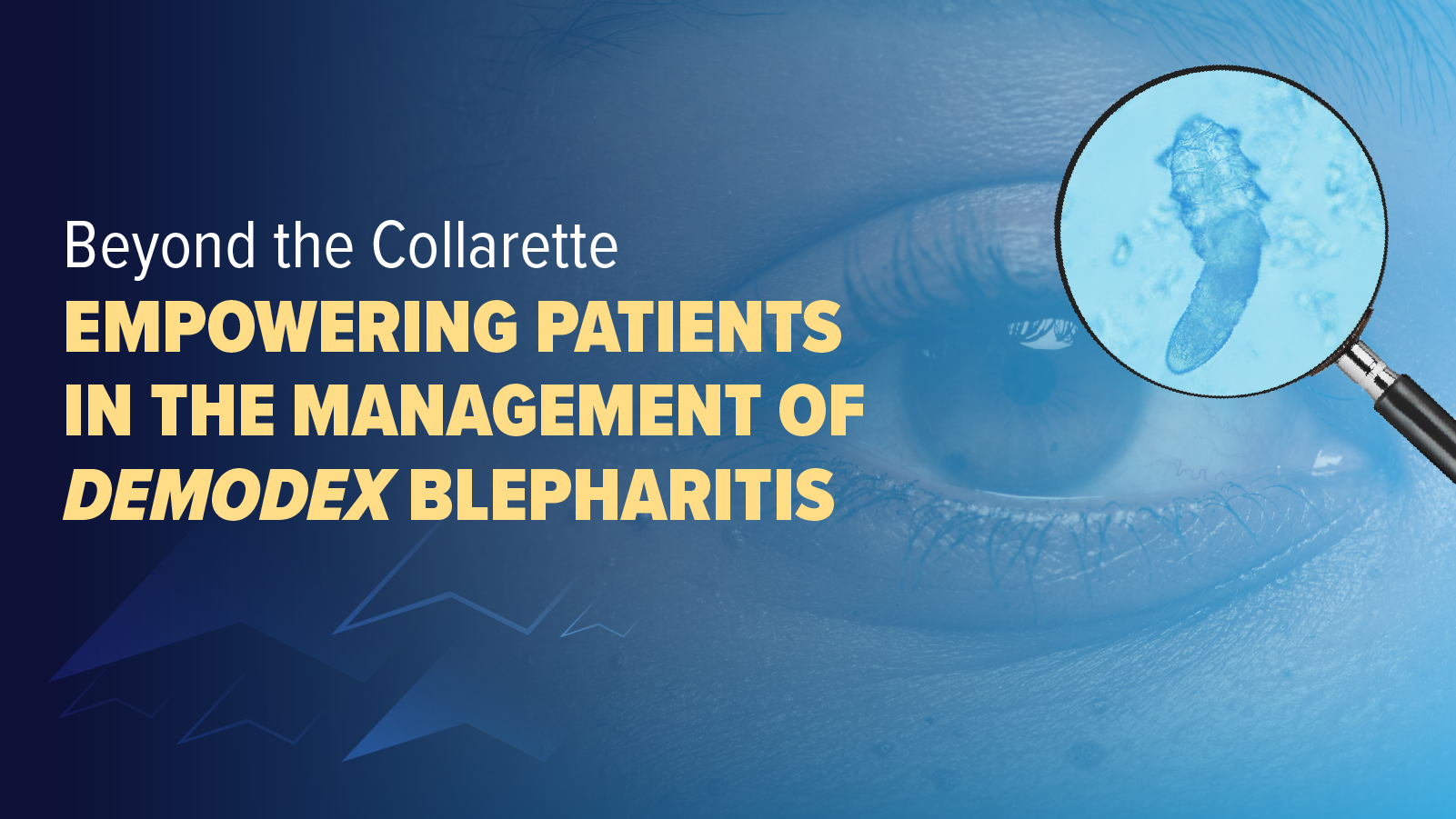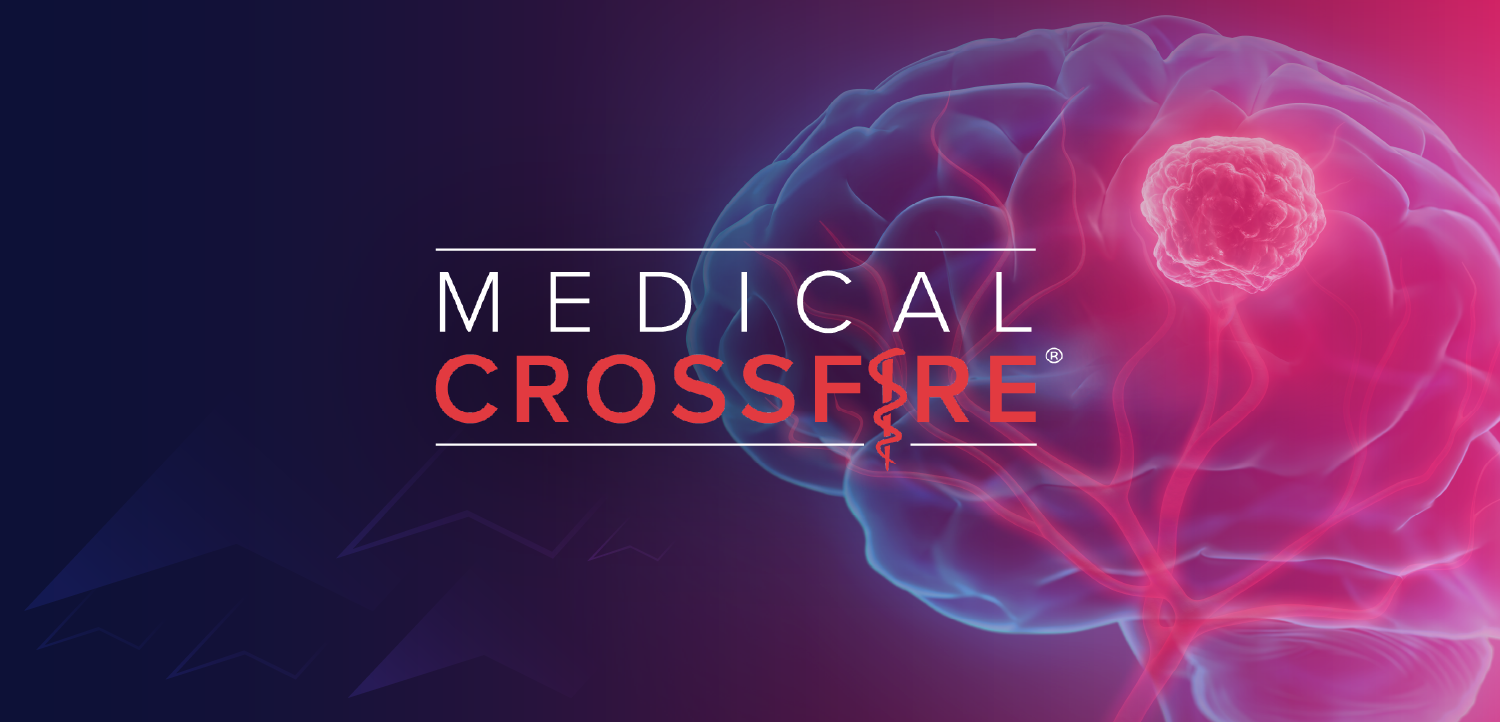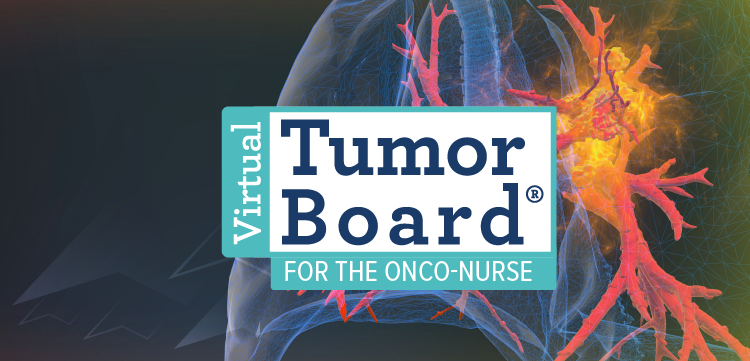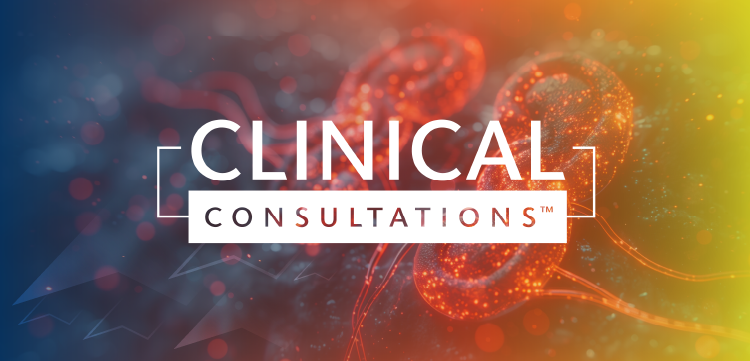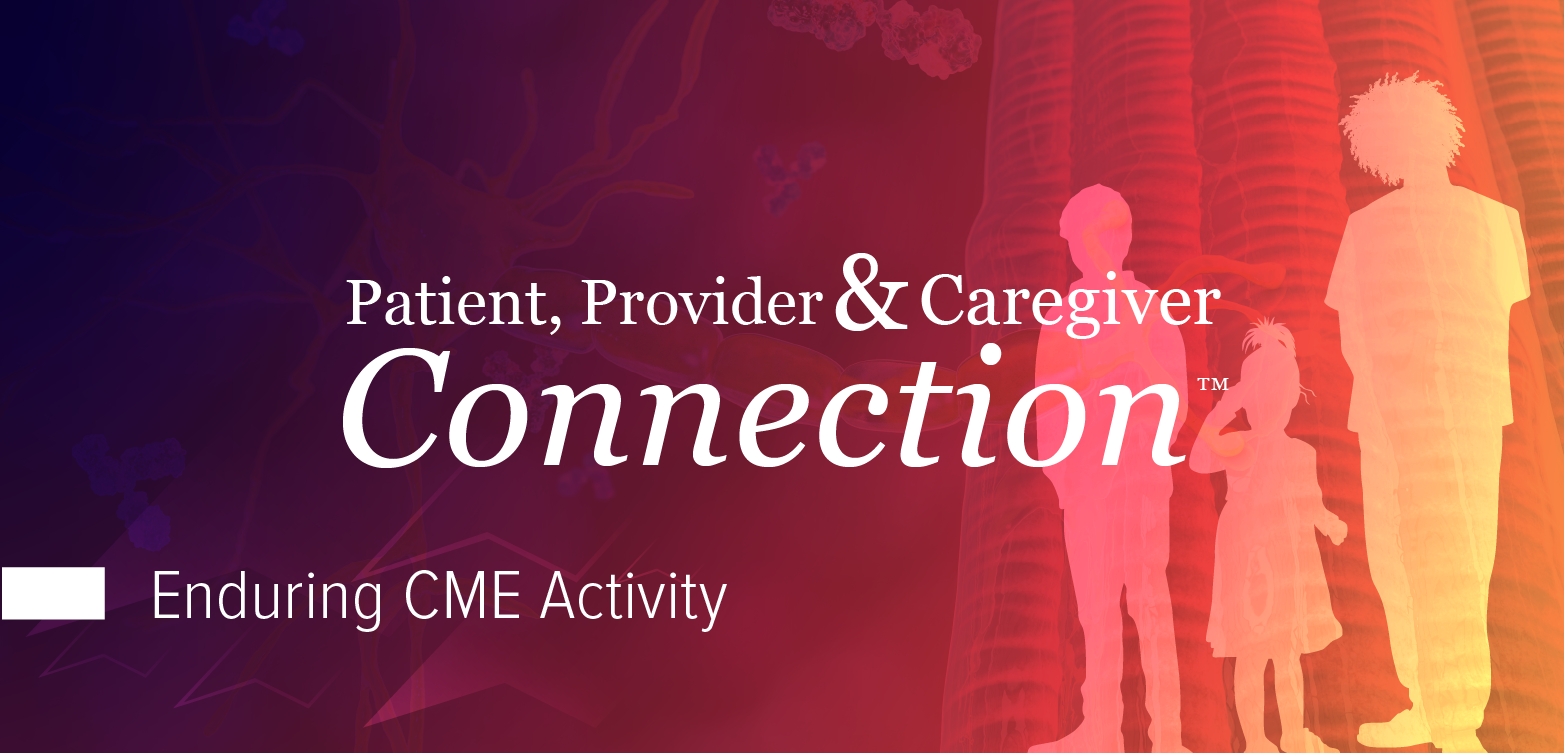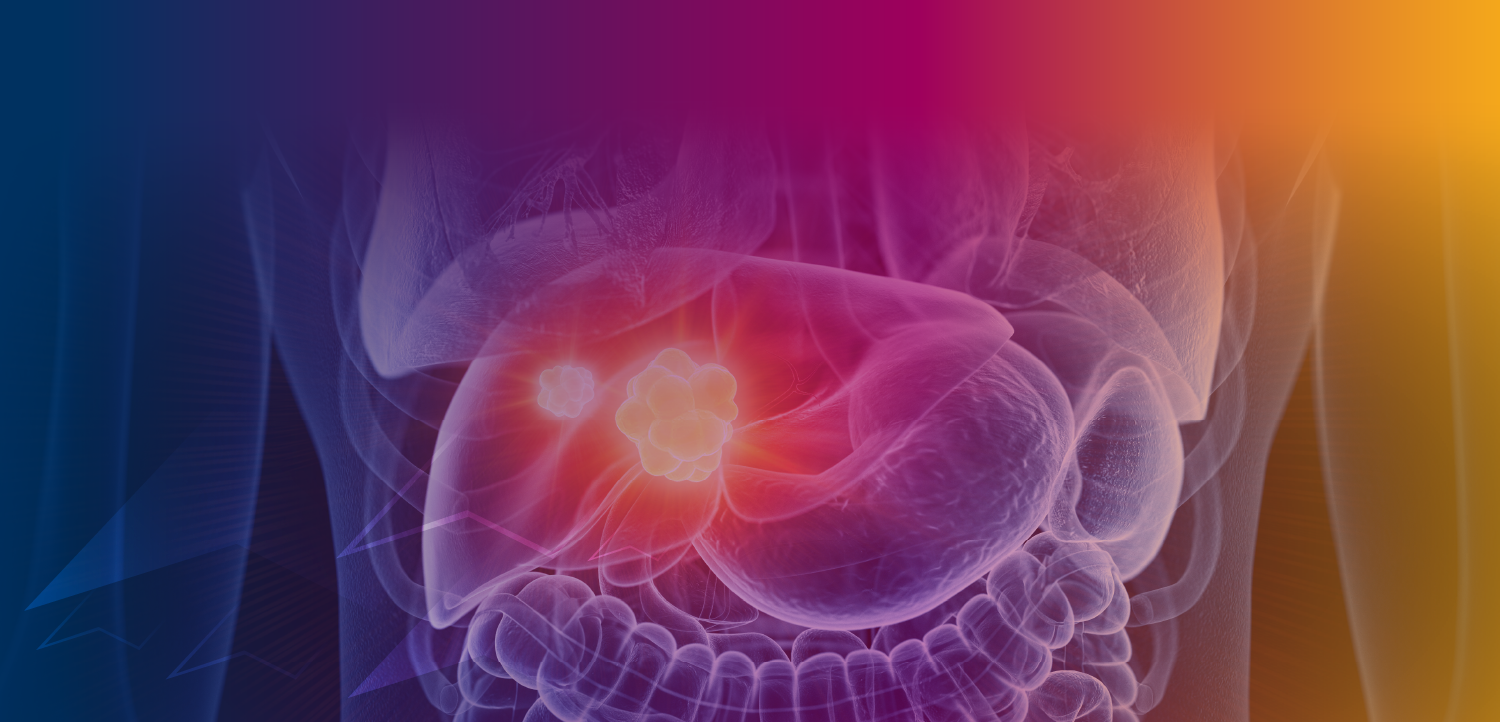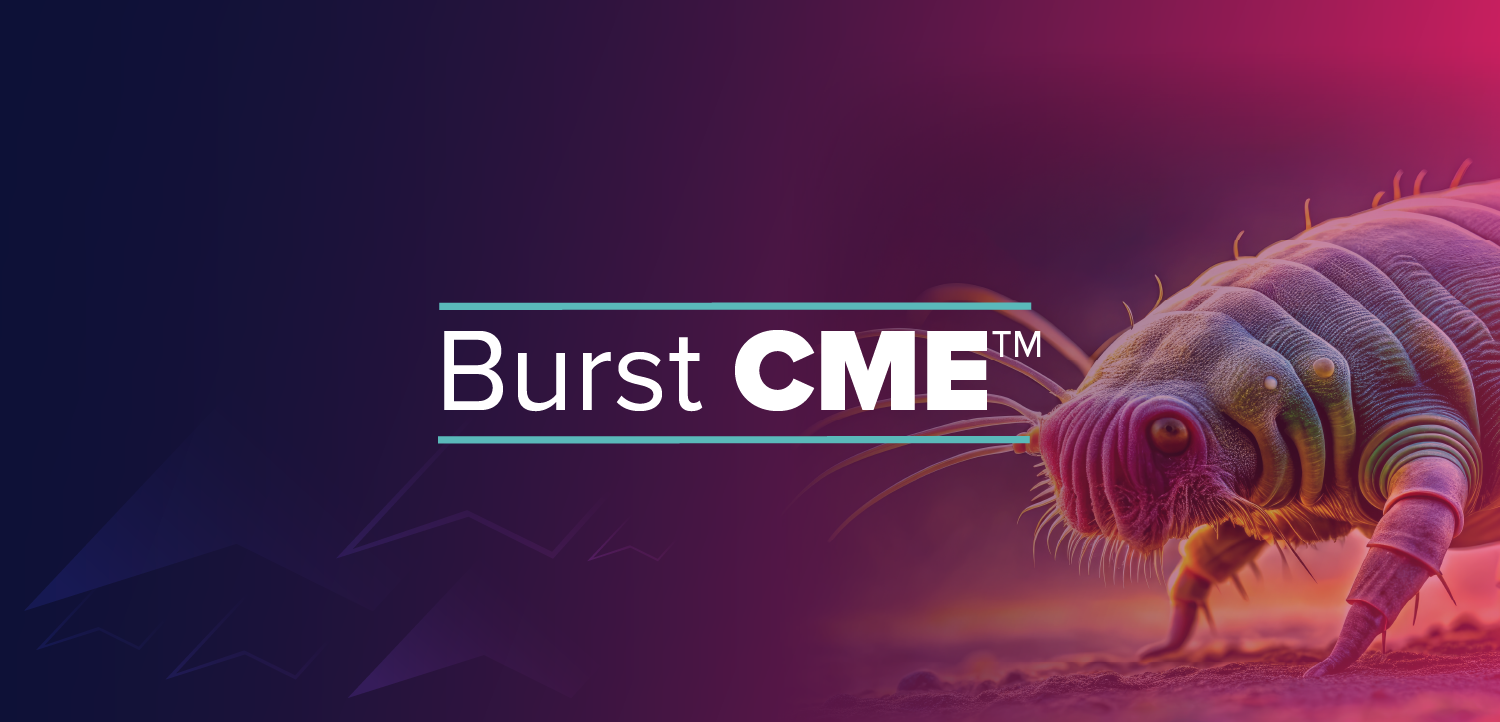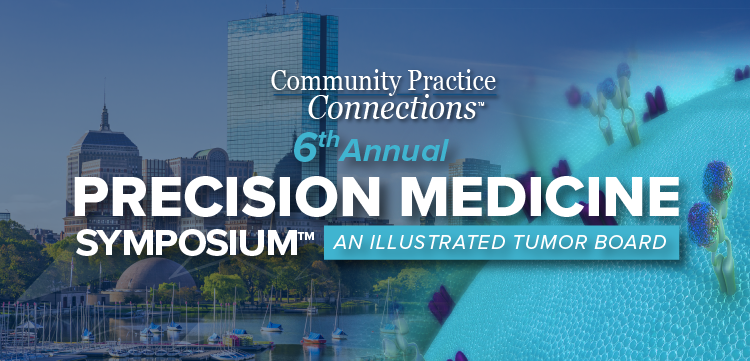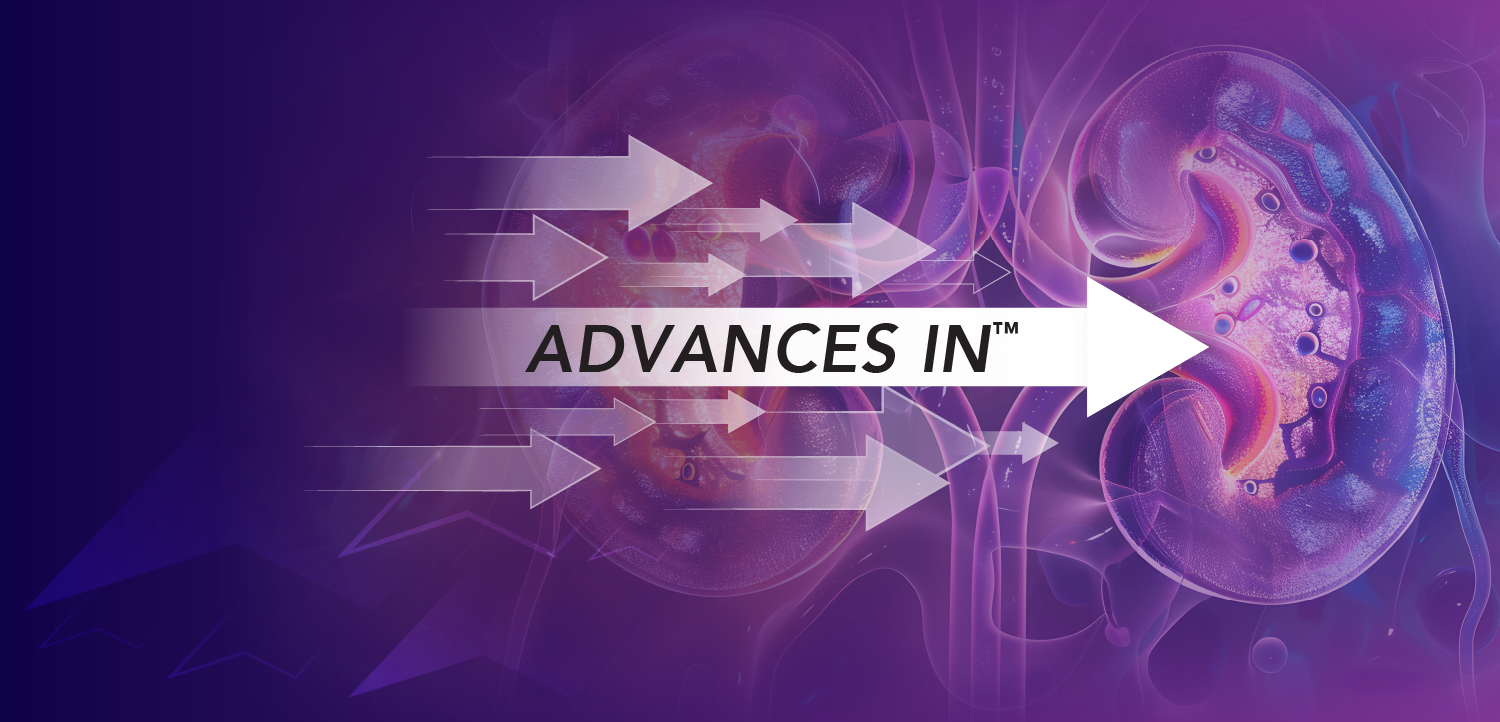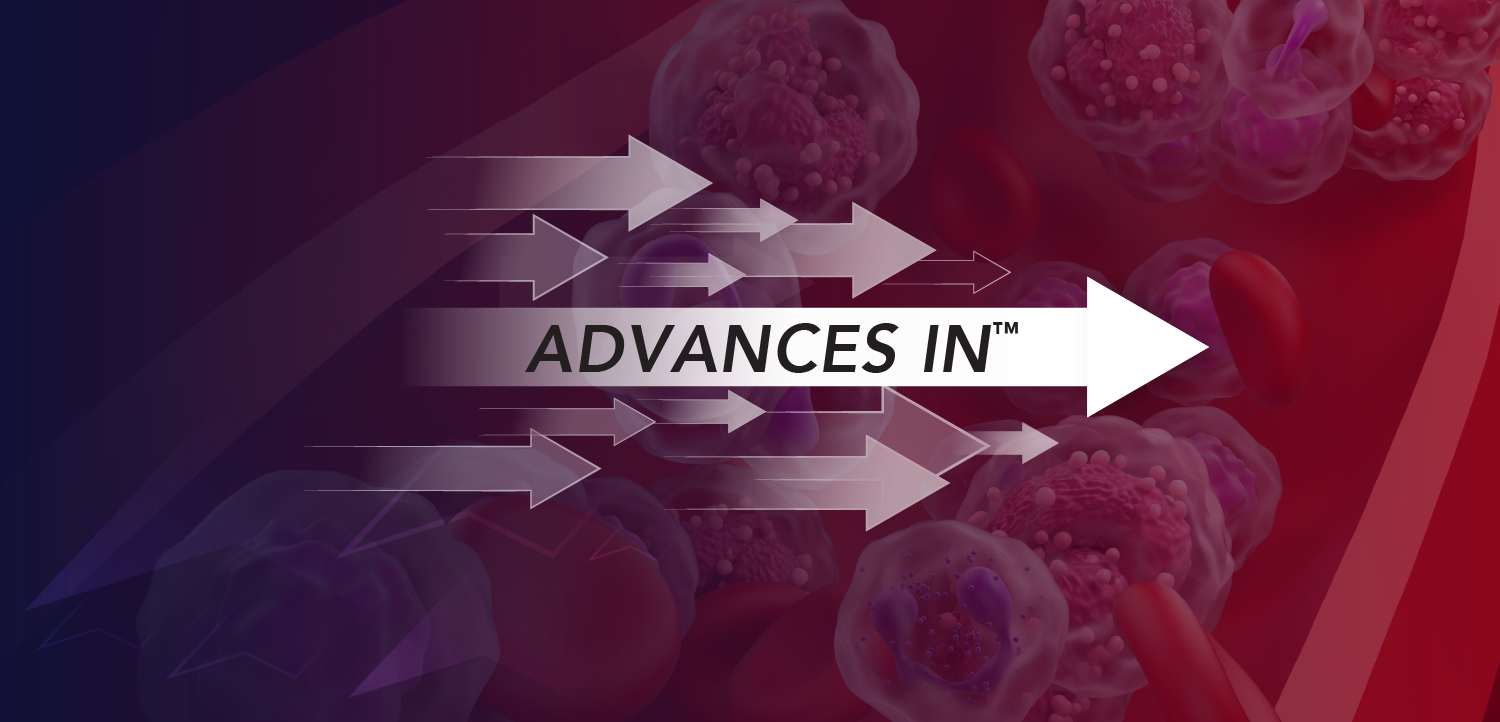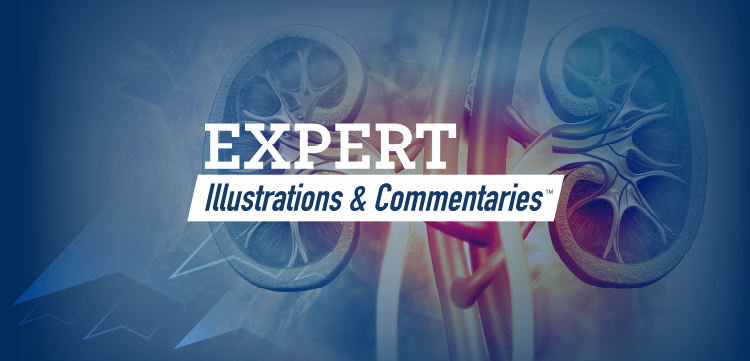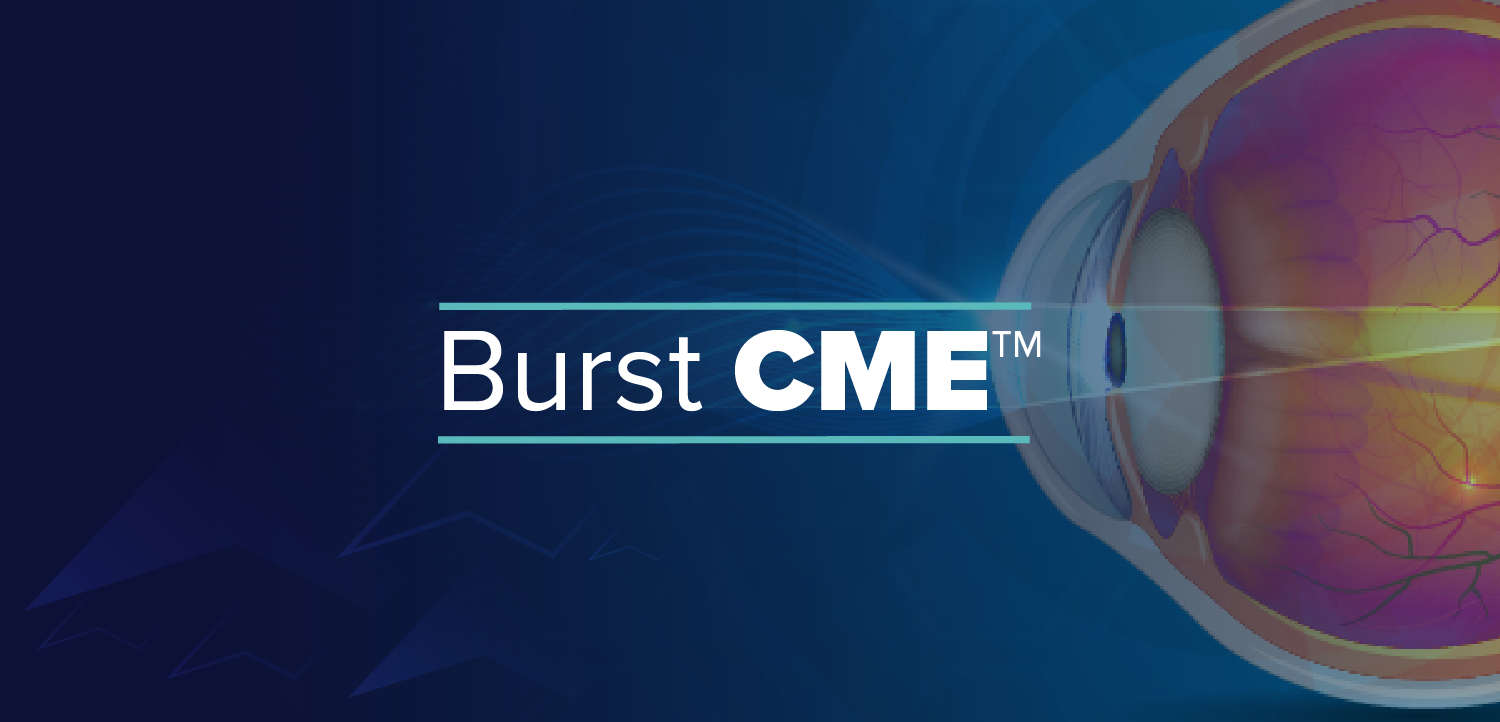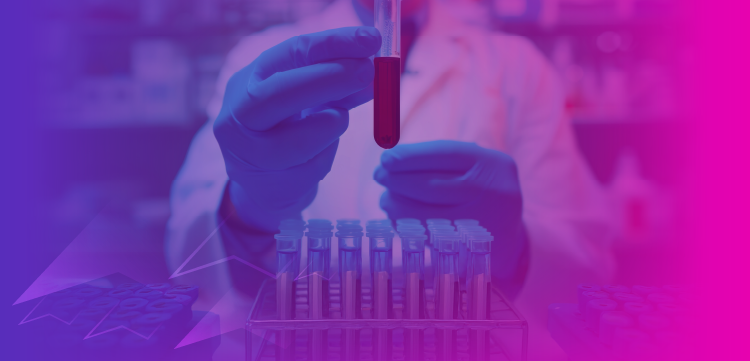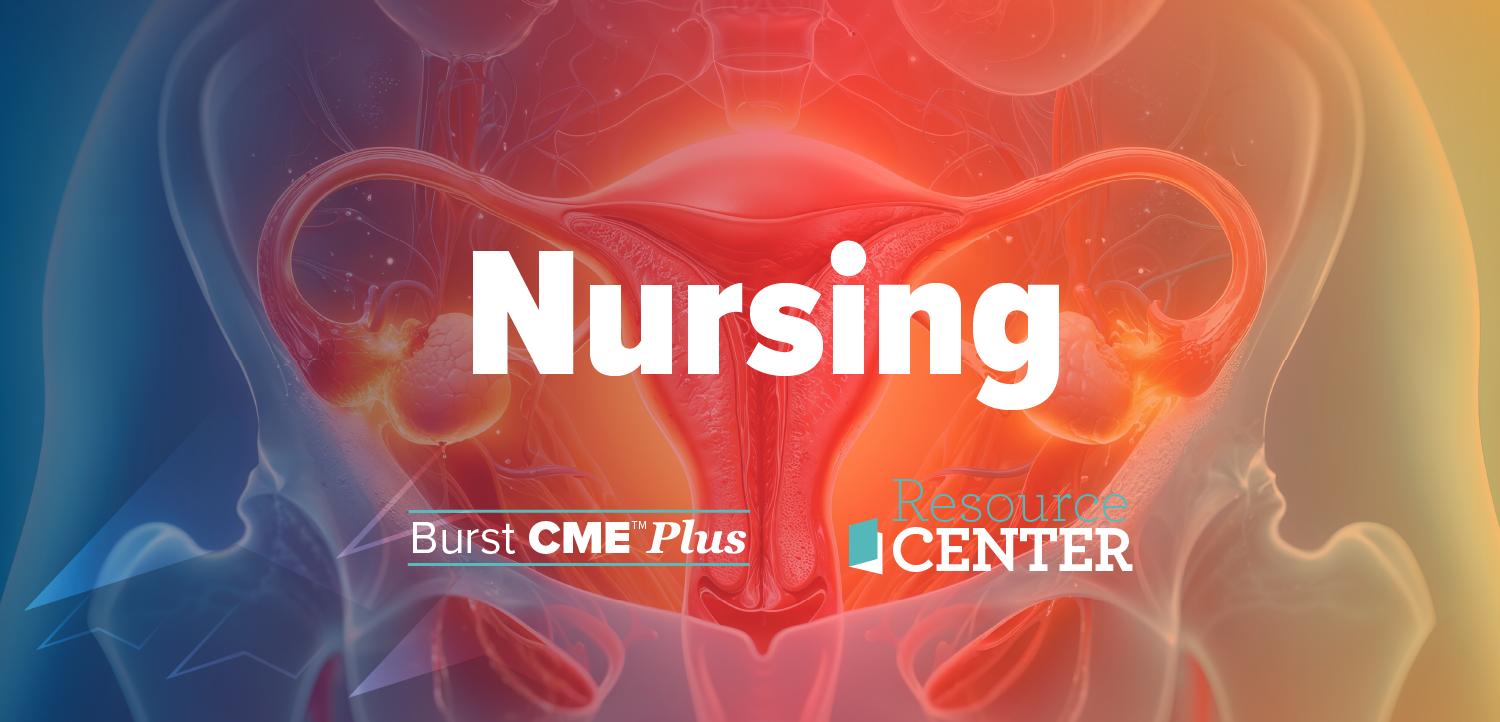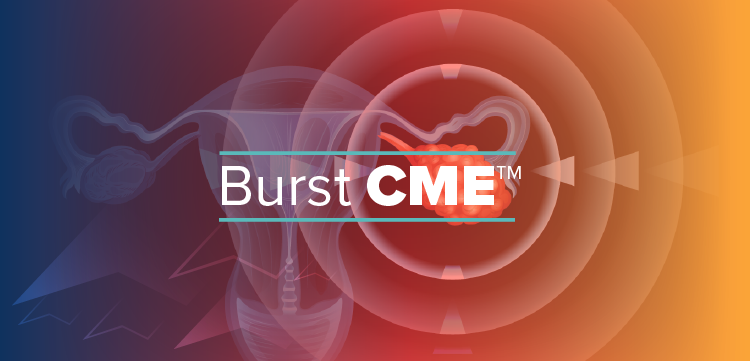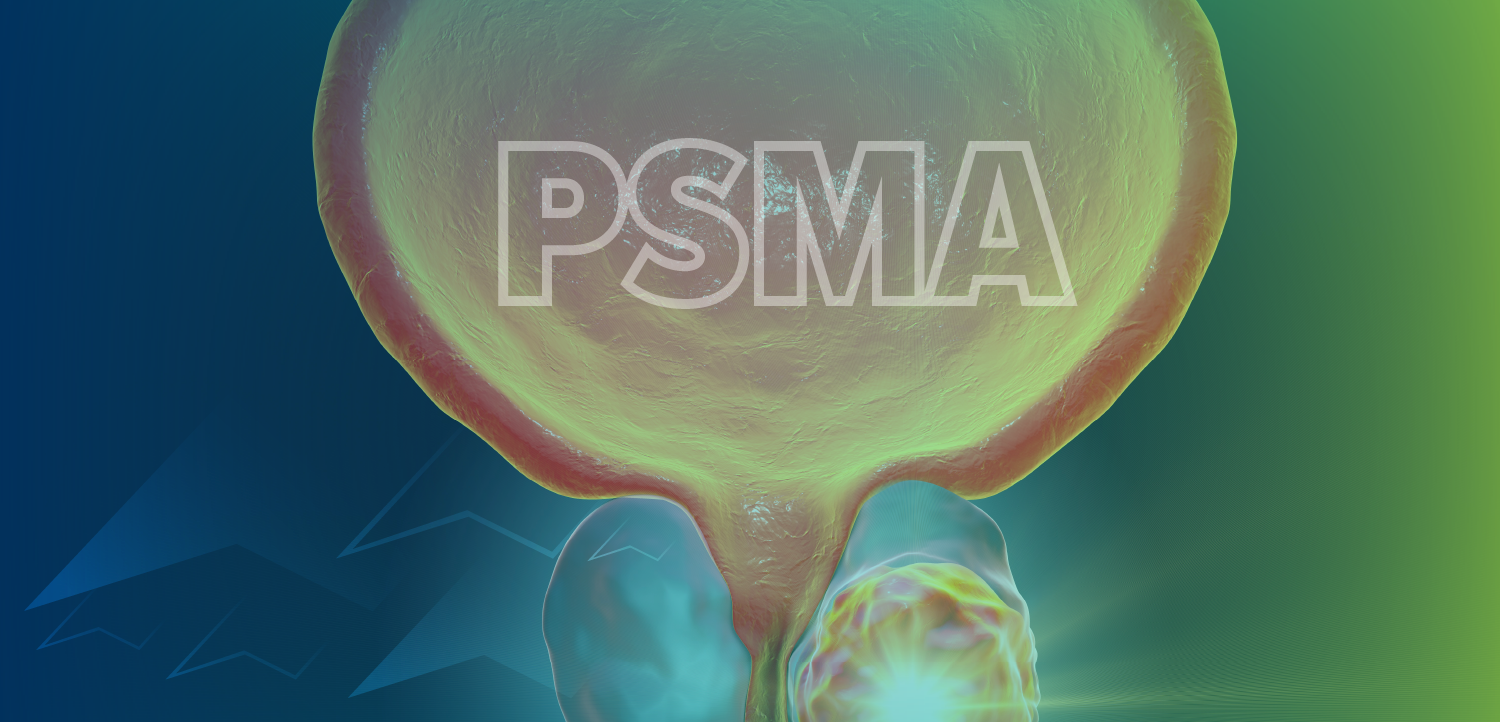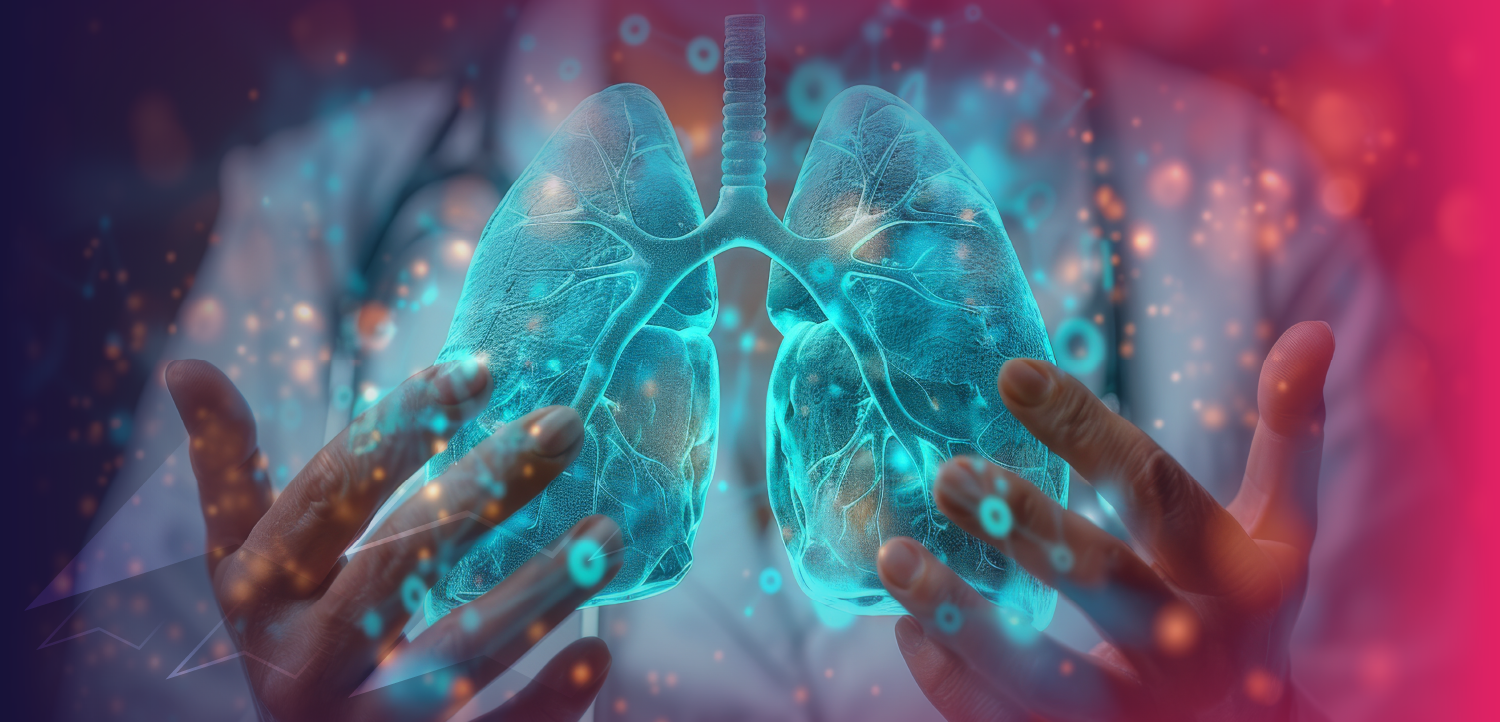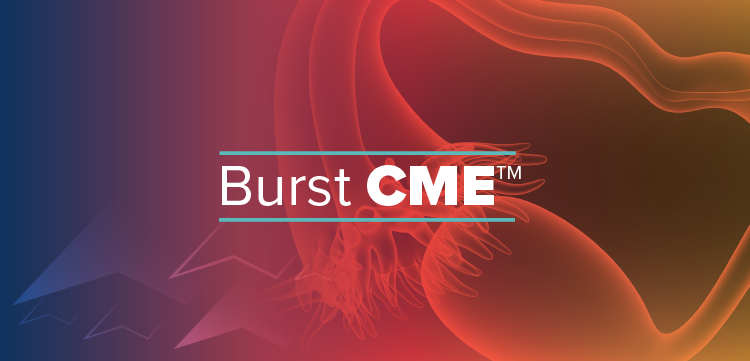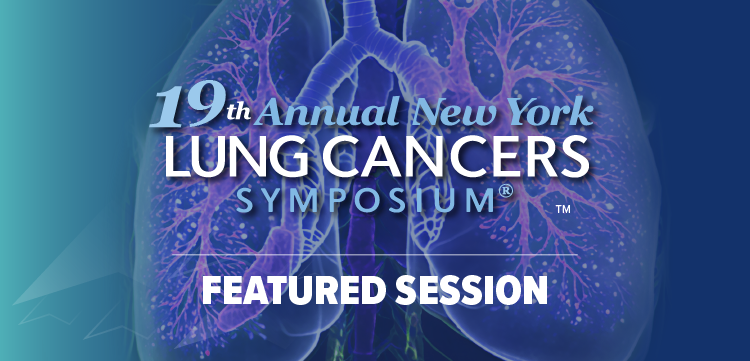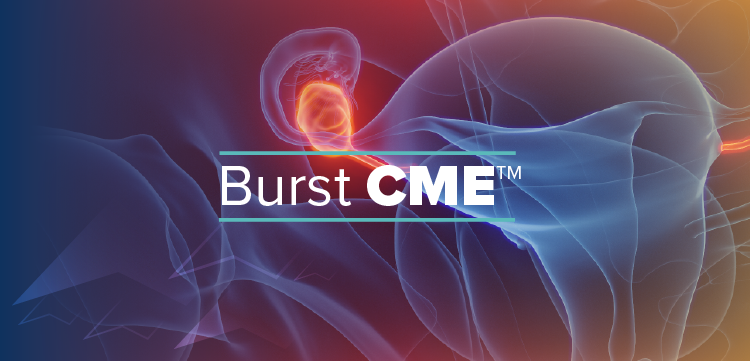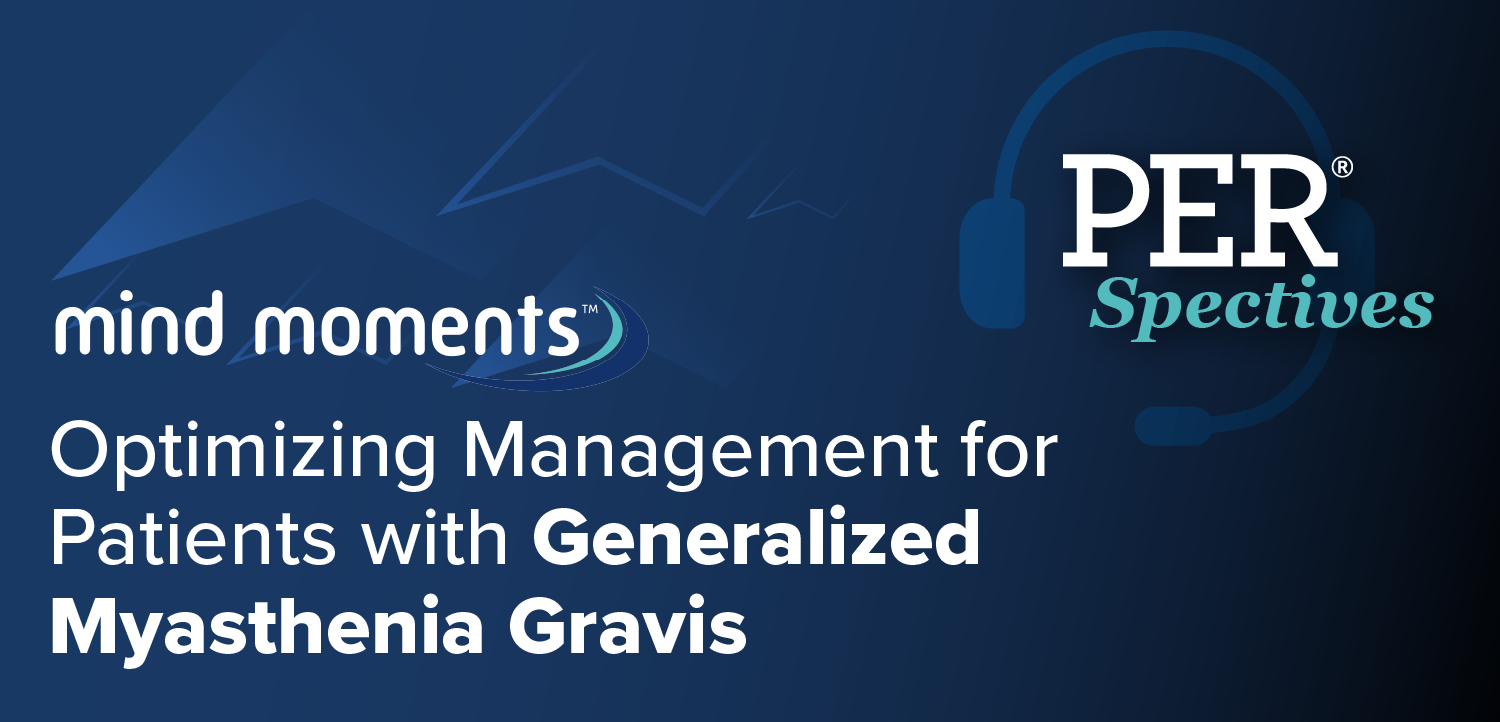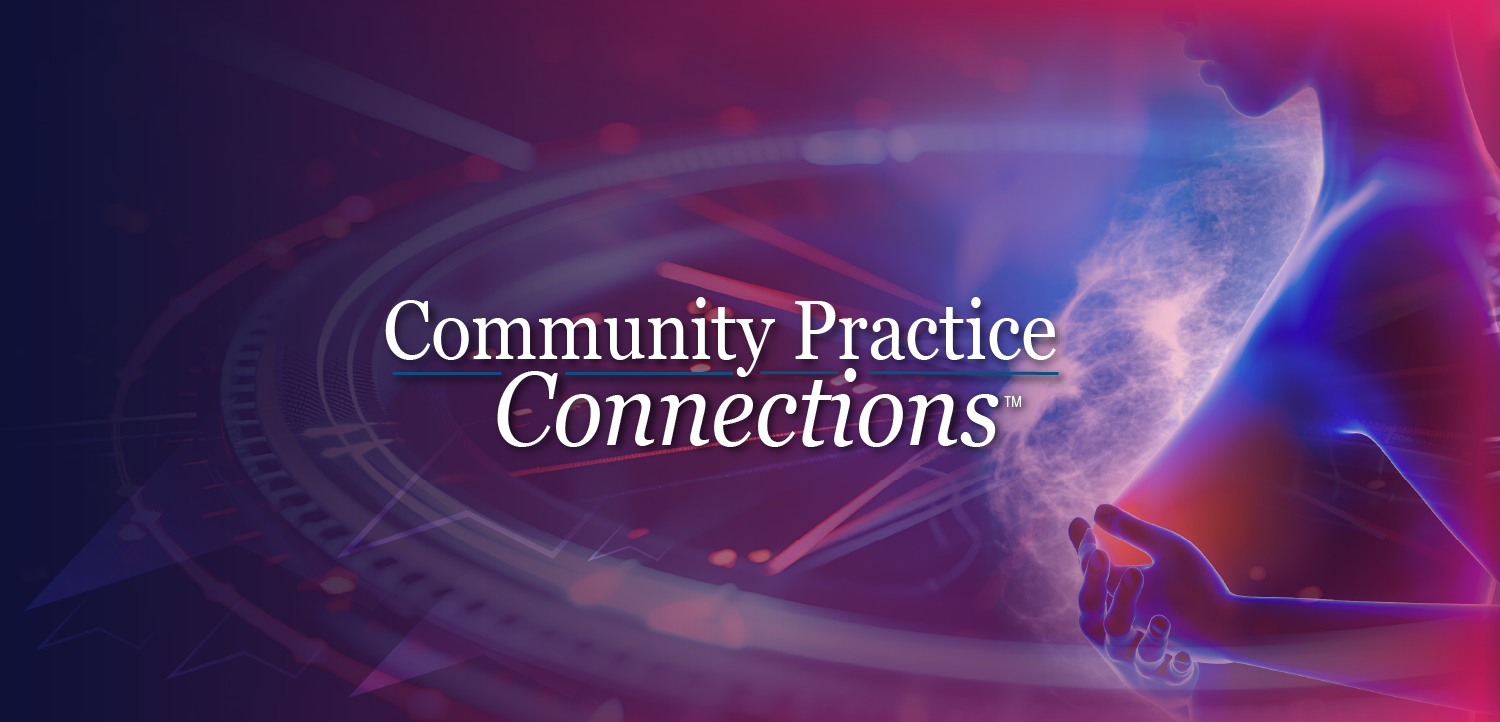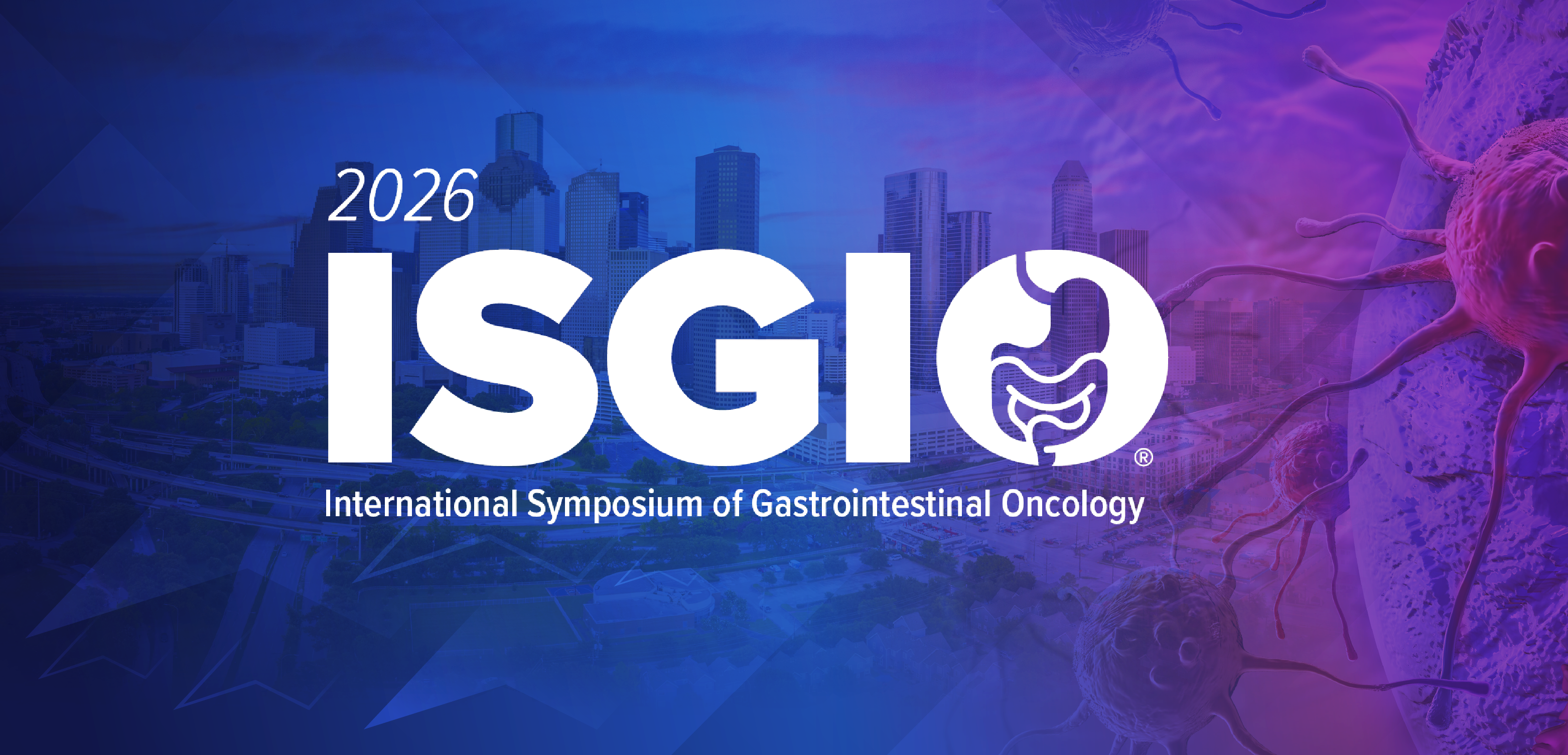
Triptans and Ergotamines: What’s the CV Risk?
Triptan and ergotamine drugs are staples of acute migraine treatment. But questions about their cardiovascular safety linger in the absence of clear evidence. A short slide show looks at what we do know.
Serious ischemic events related to the use of triptans and ergotamines to treat migraine headache are rare and so there is a paucity of data from randomized controlled trials that could help establish drug-related cardiovascular (CV) risk. The drugs’ potent vasoconstrictive properties, however, make a strong case for a more comprehensive understanding.In a recent systematic review of available observational studies, Roberto and colleagues found that “intense consumption” of ergotamines could increase the risk of serious ischemic complications but that CV safety issues with triptans are not prevalent and that no firm conclusions can be made.The slides above summarize this review.
References:
1. Roberto G, Raschi E, Piccinni C, et al.
2. Wammes-vander Heijden EA. Rahimtoola H, Leufkens HG, et al.
3. Velentgas P, Cole JA, Mo J, et al.
4. Becker C, Borbert GP, Almqvist PM, et al.
Newsletter
Enhance your clinical practice with the Patient Care newsletter, offering the latest evidence-based guidelines, diagnostic insights, and treatment strategies for primary care physicians.

